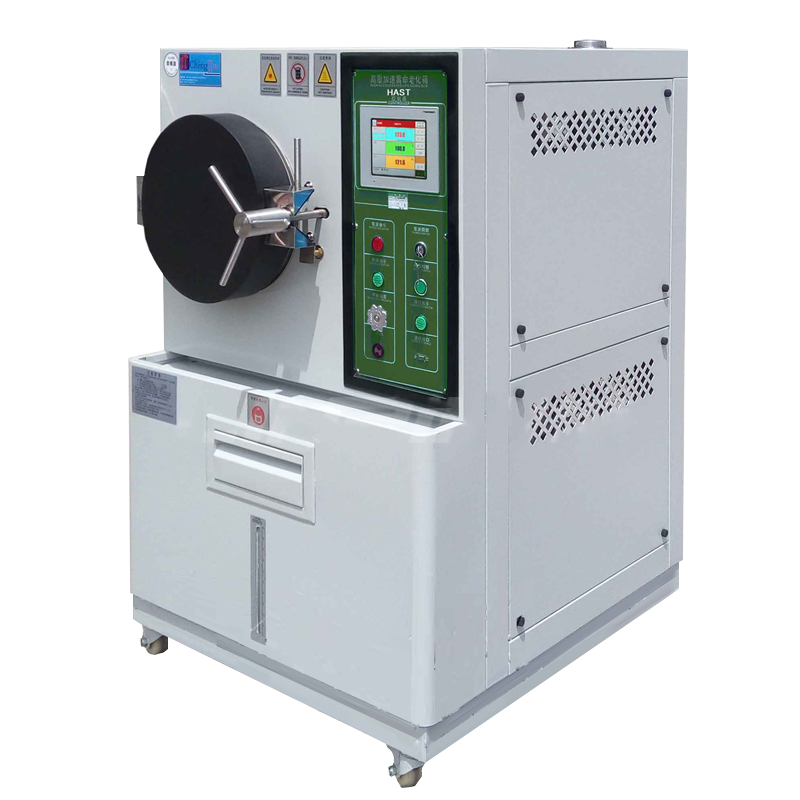In electronics development, reliability is king—and HAST is one of the fastest ways to expose latent failure modes. Yet many teams spend far more time on test duration than on the temperature set-point, which can make or break the validity of the results. Here is a concise, field-oriented guide.
Typical HAST temperature envelope
• 60 °C – 70 °C (85 % RH or higher): Used for early prototypes or to screen weak lots. It is aggressive enough to reveal moisture-related defects without masking them with thermal overstress.
• 70 °C – 85 °C (85 % RH or higher): The workhorse range for mature consumer devices, automotive modules, and high-reliability boards. These conditions accelerate moisture ingress and electrochemical migration to deliver field-relevant life estimates in 48–96 h.
• 70 °C – 85 °C (85 % RH or higher): The workhorse range for mature consumer devices, automotive modules, and high-reliability boards. These conditions accelerate moisture ingress and electrochemical migration to deliver field-relevant life estimates in 48–96 h.

Key trade-offs
• Higher temperatures (closer to 85 °C) shorten test time, but may trigger failure mechanisms that never occur in service.
• Lower temperatures lengthen the test but can under-represent corrosion or delamination risks.
• Always calibrate chamber uniformity within ±2 °C and ±3 % RH to avoid position-dependent results.
• Higher temperatures (closer to 85 °C) shorten test time, but may trigger failure mechanisms that never occur in service.
• Lower temperatures lengthen the test but can under-represent corrosion or delamination risks.
• Always calibrate chamber uniformity within ±2 °C and ±3 % RH to avoid position-dependent results.
For most electronics, start at 85 °C / 85 % RH unless the device’s maximum rated storage temperature is lower. De-rate accordingly, document the rationale, and you will obtain HAST data that correlate strongly with real-world reliability performance.












